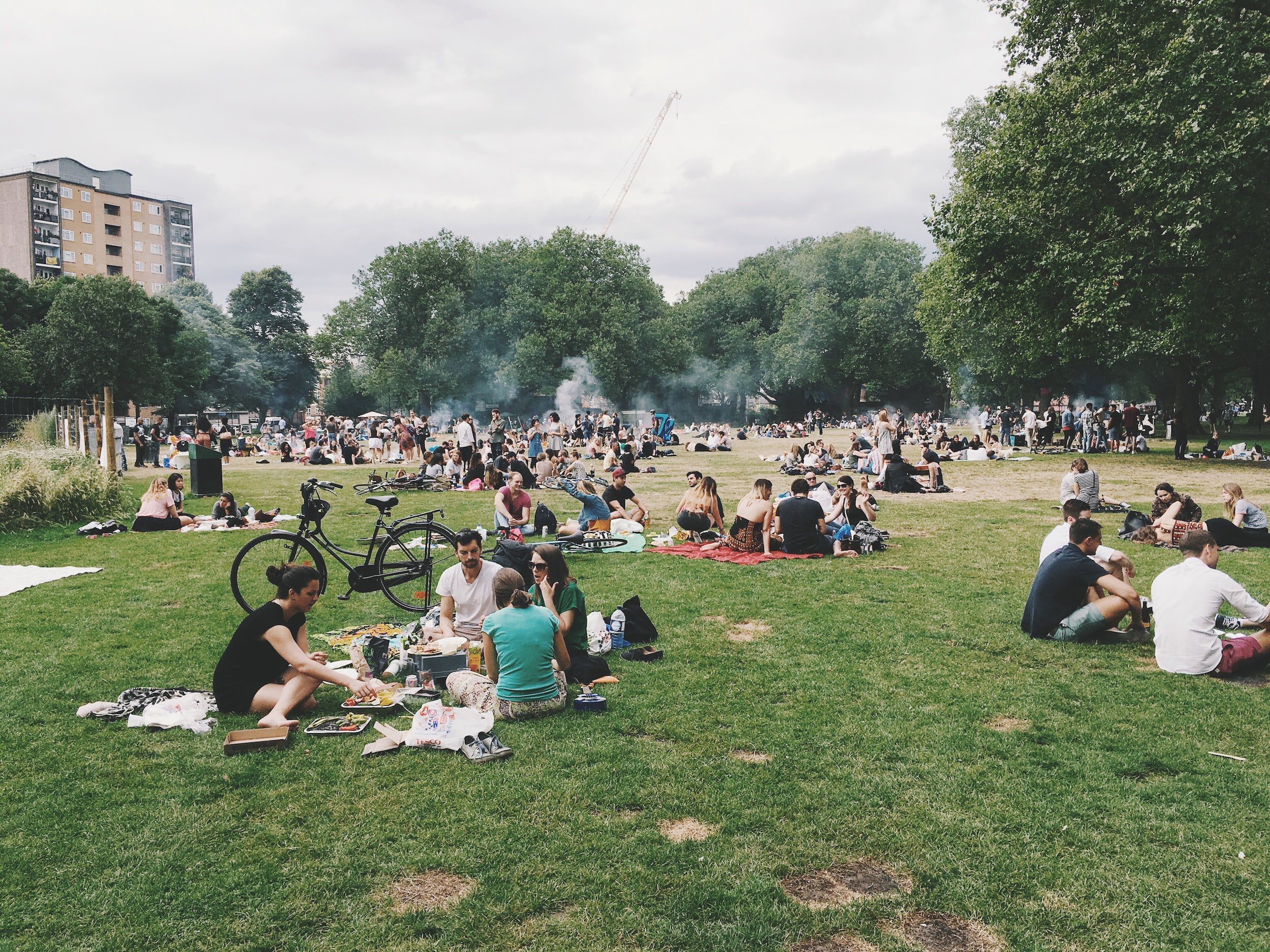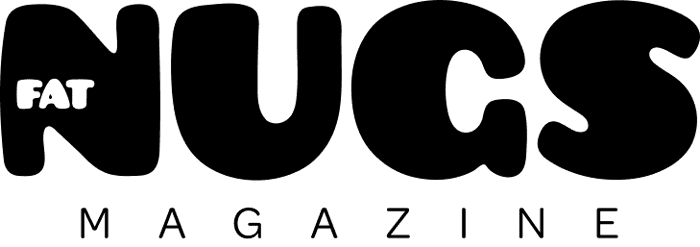As I look back on my journey through the world of cannabis, I think about how much things have changed in the 30 years since I got involved: the times, the people, the music, and the herb. Of all the names people call cannabis – marijuana, weed, herb, ganja, kind bud, the chronic, diesel, gas, fat dabs, rosin, Earl – I still like calling it the herb. I think that says it all. Two words. It’s so simple. It’s not AN herb, it’s THE herb. The sacred herb, as is apparent in the way it is honored and beloved in reggae music. FAT NUGS OF THE HERB.
What do you like to call it?
Every decade looks to distinguish itself from the previous one. Those glory days of the early ‘90s were turning into something special. It was right after I got out of “high school.” I was young and wild and free to roam. A quick side note: my high school had an outdoor tobacco smoking area for teachers and students and….newsflash – we would get high out there! Of course we did, that’s what stoners do.
You had to be stealth, though. Mothers of invention we were, in our quest for higher learning. For this maneuver, it meant metal chamber pipes with smokeless lids, and a “zube tube.” A zube tube is an effective low tech device for disguising the smell of weed smoke. You make one by wadding up and shoving a scented dryer sheet (Bounce brand worked well) into an empty toilet paper roll center. Take your hit, exhale through the tube, and it scrubs the stank from your dank with a copious bouquet of artificial flowers. Instant cover for that criminal smell!
What is/was your stoner stealth technique?
The intersection of substance use and artistic expression has existed for millennia. It works well for making great art and consuming great art. It’s no wonder my interest in music went exponential after I became a stoner. By the time I finished high school in 1990 I had moved deeper into my musical journey, from classic rock to hard rock and heavy metal to psychedelic rock and jam bands. Influenced by the amusement park job I had that gave me concert access, I began going on the road to see live music. I went for a few weeks at a time during regular intervals in the spring, summer, and fall from 1990 to 1994, following the Grateful Dead, Phish, and other jam bands and festivals like Horde and Lollapalooza.
We had a local jam band called Max Creek that played weekly shows in the Connecticut/Massachusetts/Rhode Island tri-state area. These concerts were gathering places for the confluence of art and substances, and for tribes of people that wanted to rock out, have fun, and spend time in an alternate reality of their creation. Many of these bands are still playing, and many of us are still rocking. It’s a musical-spiritual healing session that pushes boundaries, invigorates life, and refreshes the soul. It’s what I think a religious experience should feel like!
 This phenomenon was and still is a vehicle for the advancement and evolution of both music and substances, cannabis among them, but also psilocybin mushrooms, MDMA, LSD, and DMT. Look at how many of these substances are now being used clinically for therapy, healing, and PTSD. It’s a continuation of the exploration into understanding the psyche and the expanding of consciousness.
This phenomenon was and still is a vehicle for the advancement and evolution of both music and substances, cannabis among them, but also psilocybin mushrooms, MDMA, LSD, and DMT. Look at how many of these substances are now being used clinically for therapy, healing, and PTSD. It’s a continuation of the exploration into understanding the psyche and the expanding of consciousness.
It was during this time that I discovered the West Coast, and the cannabis scene that was thriving there, when I visited Colorado, Arizona, and California to see the Grateful Dead in December of 1992. It was the first time I had ever been to the West Coast, and it felt like a different world than the one I was from. The herb there was like nothing I had ever experienced before. Until then, I had never truly experienced freshly grown top-shelf herb, cultivated by connoisseurs who loved what they did and were proud of it. They kept the herb in glass jars for preservation and protection. It makes perfect sense for curing and storage, as well as for preserving THC and terpenes. Far too many resin glands have met their end smashed into a plastic baggie, never to be enjoyed. Such needless tragedy and wasted sacrament. If you’re going to take the time and effort to cultivate it and elevate it to an art form, you should treasure the end result of your work.
Quart and half-gallon mason jars were the preferred choices for longer term storage, with smaller sizes for personal use and portability. Jars and pipes of all sizes and colors were becoming available too, as there was a custom glass paraphernalia revolution happening in lockstep with the new cannabis cultivation revolution. It was the beginning of an era that was producing some of the most creative and original functional glass art for carrying and consuming the Kind Bud. The functional glass artwork being made by Bob Snodgrass in Eugene, Oregon, were some of the most prized and sought after. I’ve purchased (and broken) at least a half-dozen of Bob’s finest creations.
There was even some new vernacular being used to refer to this herb. People weren’t calling it weed. Weed is just a generic term. This herb had a different name. It was being glossed as the “Kind Bud.” Heady Nugs of the Kind Bud was the mantra (that’s also when I first heard the word “nugs”), which was based on the word nuggets. It was around that time that an ounce of heady nugs at $350 to $400 sold for as much or more than an ounce of gold, hence the comparison and the slang. Now THAT was a statement! Cannabis evolution had achieved a major milestone when an ounce of “The Kind” cost more than an ounce of gold. And that was at West Coast prices. That same Kind was costing $500 to $600 an ounce in Manhattan! It was top-shelf, several grades above most of what I had seen or experienced in marijuana up to that point. Any weed that didn’t meet the Kind Bud standard was now being referred to as “shwag,” or “shwag bud.” Most of what I sampled on that trip had been curing since the fall harvest, and almost everyone I met had a stash or had been saving their best for that run of concerts. Many people can grow fantastic buds, but a great cure really separates the best from the rest.
It’s a glorious thing when the lights go down and everyone lights up. There’s nothing like the smell and taste of fresh lit fully cured herb. It was around this time that 4:20 became more widely popularized and was adopted as the unofficial stoner holiday. There were so many good vibes surrounding that Cali adventure in the Bay Area, sitting in Golden Gate Park. On a friend’s farm in Santa Cruz. Secret spots in Big Sur and Ben Lohman. All throughout the hills of Humboldt, Mendocino, and Trinity Counties… The Kind Bud revolution was underway.
It still seems surreal to me now, years later, but you have those moments in your life where you transcend everything you know, or thought you knew, about something, and I was certainly having mine with The Kind at that time. I could feel the vibe pulling me in deeper and setting the tone for me to continue following. And follow I would. Next stop: Oregon.
Check back tomorrow for Part III.


